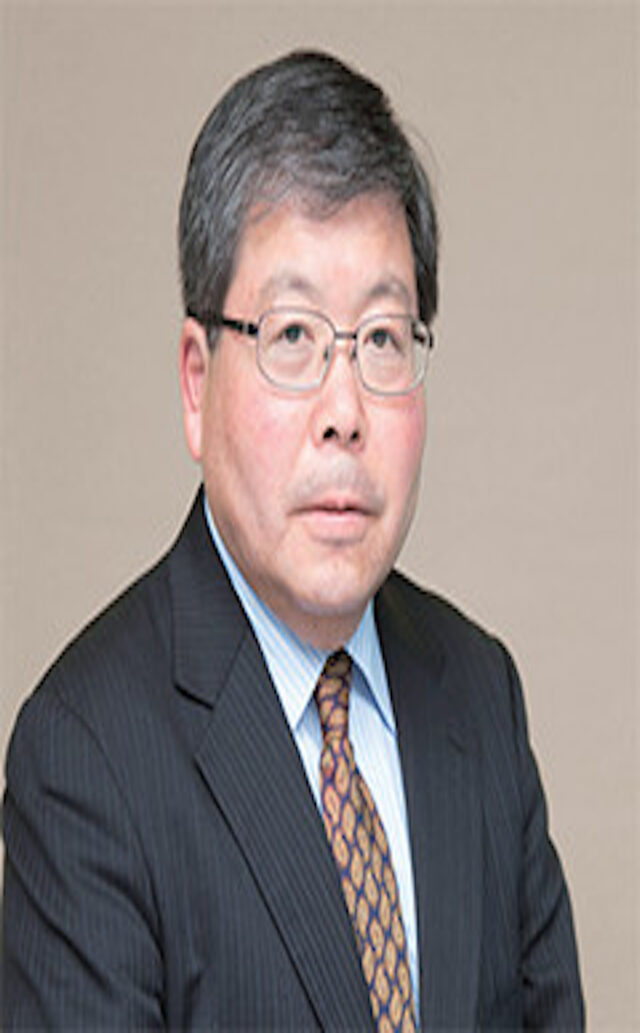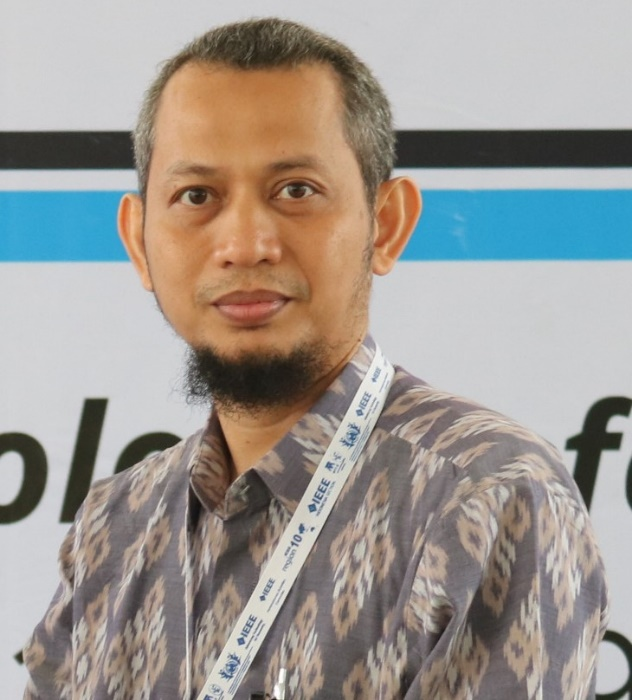KEYNOTES SPEAKERS
 Professor Michael D. Myers
Professor Michael D. Myers
Professor of Information Systems, the University of Auckland Business School, New Zealand.
Co-Editor in Chief of European Journal of Information Systems.
LEO Award winner and Fellow of the Association for Information Systems
Topic : Digital First: The Ontological Reversal and New Challenges for IS Research
Abstract
The classical view of an information system is that it represents and reflects physical reality. We suggest this classical view is increasingly obsolete: digital technologies are now creating and shaping physical reality. We call this phenomenon the ontological reversal. The ontological reversal is where the digital version is created first, and the physical version second (if needed). This ontological reversal challenges us to think about the role of humans and technology in society. It also challenges us to think about our role as IS scholars in this digital world and what it means for our research agendas. This paper has recently been accepted for publication in MIS Quarterly.
 Professor Seiichi Kawata, Dr. Eng
Professor Seiichi Kawata, Dr. Eng
President of Advanced Institute of Industrial Technology,Tokyo Metropolitan Public University Corporation
Vice Chairperson of the Board of Trustees of Tokyo Metropolitan Public University Corporation.
SICE (The Society of Instrument and Control Engineers, Japan) Fellow
Chairperson of APEN (Asia Professional Education Network)
Topic : IT Services for Society 5.0 in Japan
Abstract
Japanese government and industry are promoting to realize super-smart society, they call it Society5.0.
In this talk, I would like to address what is Society 5.0 in Japan and what is the technology behind it.
Recent common view of world challenge to innovation is closely related to the fourth industrial revolution (e.g. IoT, big data, AI, robotics, etc.). We believe this revolution in Japan bring us to the super smart society where newly developed service makes our lives more comfortable and sustainable.
To promote Soceitty5.0 program, we must consider how to create new service and what is the powerful technology behind the service. So, I would like to talk about some our approach and results of service design by using service engineering concept supported by IT.
 Professor. Dr. Wisnu Jatmiko
Professor. Dr. Wisnu Jatmiko
Professor of Faculty of Computer Science, Universitas Indonesia
Indonesian Section Chair of The Institute of Electrical and Electronics Engineers (IEEE)
Senior Member of IEEE
Topic : Development of Integrated Smart Portable Tele-Ultrasonography to Improve the Maternal and Infant Health during Pandemic
Abstract
One indicator to improve children’s health is to reduce mortality rates in children, infants, and toddlers. That rate can be minimized by controlling conditions since mother’s womb regularly. Maternal and infant health monitoring is still limited because most of the doctors are concentrated in Java, specifically in the capital city, Jakarta. The 24% of Obgyn doctors, of which about 700 people operate in Jakarta. In Jayapura, only 12 Obgyn is available, which is only 0.3% of the total Obgyn in Indonesia. That condition is exacerbated by the COVID 19 pandemic where direct interaction between humans is also limited, including visits by pregnant women and children to hospitals. At the same time, the health monitoring process must continue during this pandemic.
In order to solve this issue, we have developed a Smart Telehealth System that could remotely provide healthcare services from major cities to the rural areas of Indonesia. We are currently in the process of completing the Tele-Ultrasonography (Tele-USG) system, an Android-based system that could be used for patient-doctor consultation, monitoring the fetal progress. It automatically calculates the fetal biometrics from a USG image. We proposed a new method based on the Hough transform and the latest optimization method. By using our proposed method, we can segment the image and detect the fetal organs. We also measure fetus biometrics, such as the head circumference, the Biparietal diameter, the Abdomen circumference, Femur length, and Humerus length.
